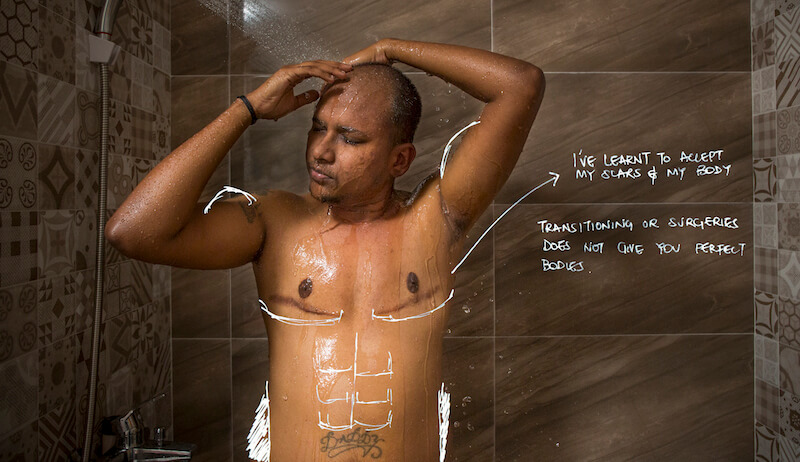Family relationships. Gender dysphoria. Society’s gender norms. These issues that the transgender community deal with are seldom addressed in typically conservative Singapore, but one local photographer is seeking to nurture the conversation and build greater awareness. Grace Baey, a recipient of the inaugural Objectifs Documentary Award, will present her collaboration with four transgender individuals at an upcoming exhibition in the non-profit arts space.
Titled (Un)bound, the project provides a glimpse into their struggles living in Singapore, with photographic prints by Baey and the personal scrapbooks of Sonia Pravinaa, Jose Jude, Deveshwar Sham, and Cassandra Thng. No stranger to capturing the spirit of transgender individuals through her lens, Baey was initially introduced to the community in 2015, when she photographed an annual transgender beauty pageant.
Offering a deeper delve into the topic of transgender identity, she talks us through her journey in creating the exhibition.
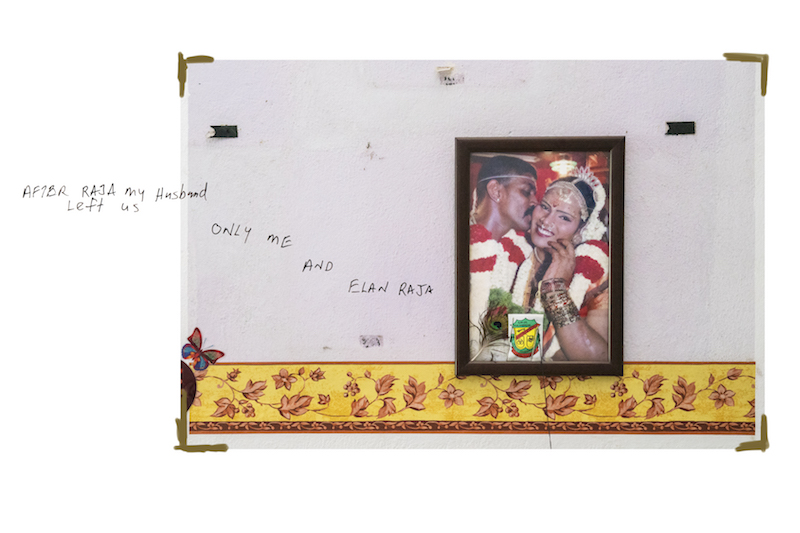
On what drew her to tell the stories of Singapore’s transgender community.
My first touchpoint with the trans community was when I started volunteering as a photographer for the annual transgender beauty pageants that a friend was organising. Prior to that, I was pretty ignorant about these issues, and it bothered me that I was so stuck in a bubble. So I took the time to get involved with various community initiatives over the years, to just learn and engage. I also realised that my experience was not reflective of the kinds of stereotypes that others tend to assume about trans individuals, and that was when I started working with friends to explore the different ways in which we could help build understanding and awareness about trans issues and gender identity.
I chose to work with Sonia, Jose, Cassandra, and Sham because their stories are so diverse and important to tell — i.e., Sonia’s experience as a mother raising not just her own child, but also mentoring other trans women; Jose as a devoted child to his parents who are still struggling to fully accept his gender identity; Cassandra sharing her perspectives growing up as a young trans person in Singapore; and Sham’s journey dealing with post-operative gender dysphoria, whilst finding support and comfort in his loving wife.
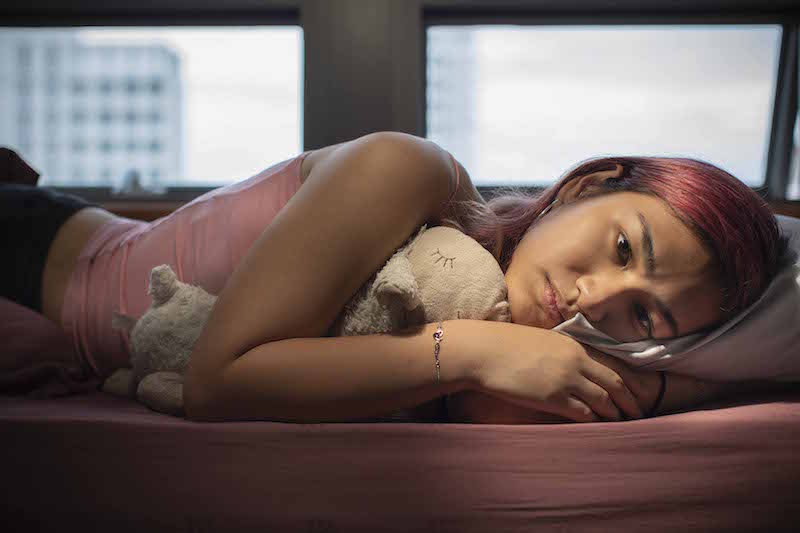
On her concept for (Un)bound.
The aspect of collaborative storytelling has always been a significant part of the project. Sonia, Jose, Cassandra and Sham are all advocates and individual creatives in their own right, and incredibly articulate. I thought that would be foolhardy not to incorporate their unique voices in the work, and that was how the scrapbooking idea came about.
For the scrapbooks, I left each person to design and compile their stories however they wished, using pictures we’ve made together, as well as those from their personal archive. For the photographs, we’d spend time talking about different aspects of their stories that would be meaningful to flesh out before making these pictures proper.
Scrapbooking offered a useful medium through which to incorporate personal art, journal entires, and the element of play. I also felt there was something intimate about having viewers handle and flip through the physical scrapbooks, much like a personal journal, especially when dealing with the often sensitive topic of family and gender identity.
It was a humbling experience for me to have them choose, edit, and cut up my pictures as they saw fit, whilst piecing together their stories. Some pictures I loved were rejected in favor of those that seemed less perfect, but nonetheless told a story they wanted to tell. The eventual output was nothing I could envision on my own, and for that, I am grateful. It was a tremendous learning experience for me to understand how individuals from the trans community want to be presented, as well as what they felt was important to talk about, both within and beyond the community.
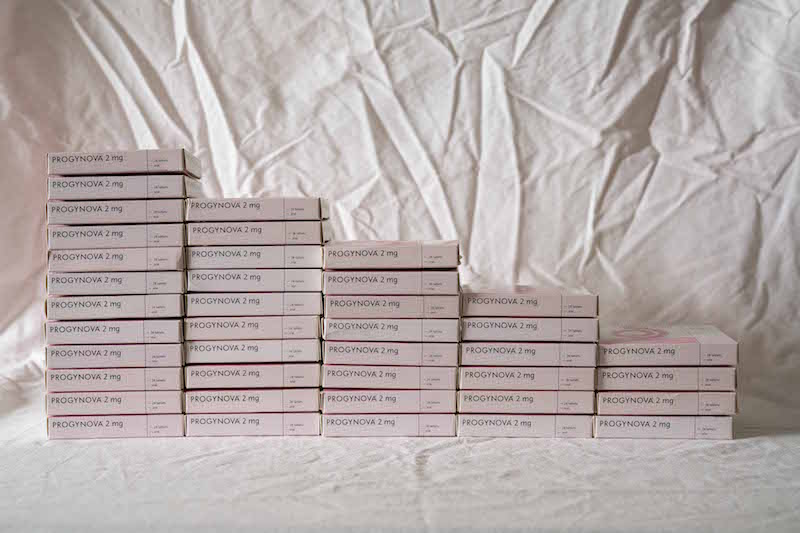
On her relationship with the four featured individuals.
The collaborative nature of the project meant that it required significant time investment and trust at both ends, and I approached individuals from the trans community that I already had a relationship with over the years. I met Sonia, Sham, Jose and Cassandra at different points in my involvement with the community. Sonia was the first, followed by Sham, Jose and Cassandra.
With Sonia, I helped out as a volunteer photographer at the different transgender beauty pageants she would organise annually, and we eventually formed a close friendship. With Sham, I started taking pictures at the same time he was kickstarting Kopitiam Brothers, a community support group for trans men in Singapore and Malaysia, which I volunteered at, and that was how I met Jose. With Cassandra, I reached out to her after what she did for the Transgender Day of Visibility in 2017, where she went around Orchard Road holding a sign that read: I am Trans, will you take a picture with me? I was amazed at her courage, and really wanted to get to know her better.
I took my time to get to know each of them personally before photographing proper. I knew from the onset that nothing could be rushed, so I spent time just helping out at different community initiatives they were involved in, whilst building relationships and thinking about specific story points and issues that would be meaningful and valuable to flesh out.
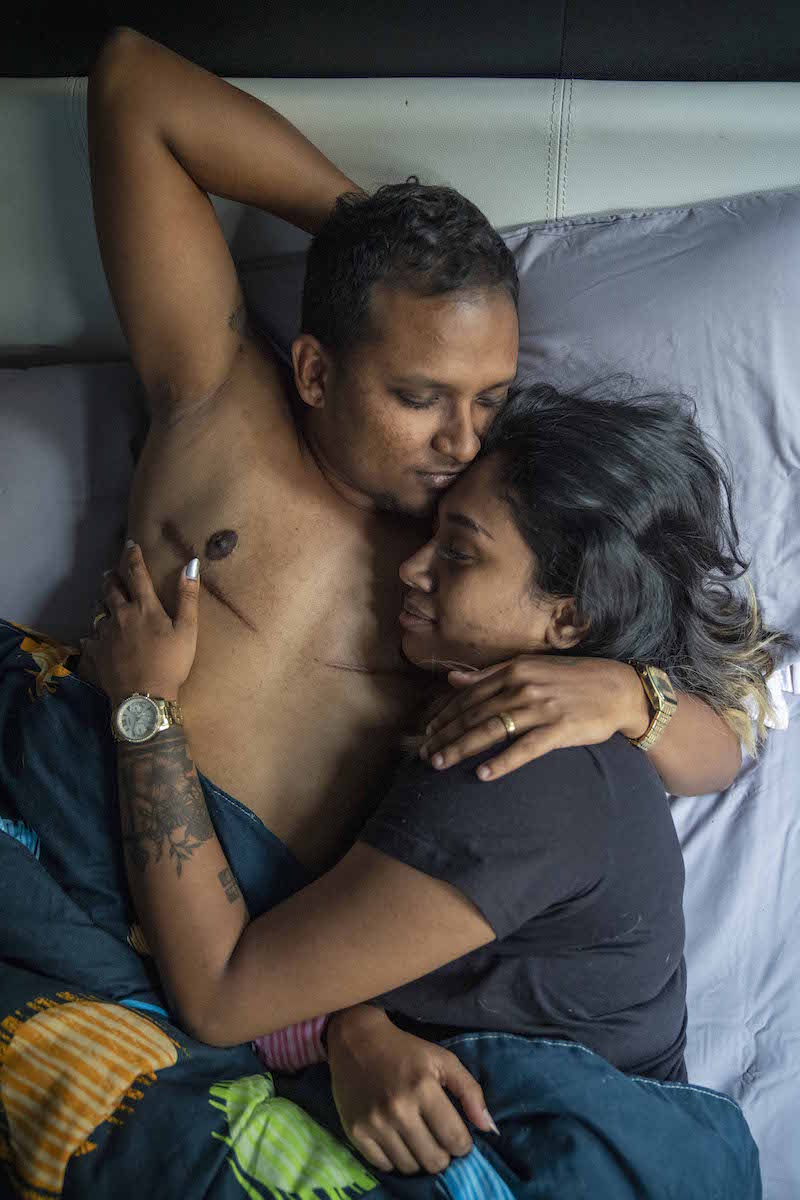
On personal stories of theirs that struck a chord with her.
I remember the conversations I had with Jose before we began the project proper. He said to me, “If you’d asked me a few years ago, I probably wouldn’t have agreed to let you photograph me because my sense of dysphoria was so strong. But I’m tired of seeing all these perfect bodies on the Internet, and it doesn’t help with your self-image. People need to know the reality of what transitioning looks like.” He also said that he would never give up on his family, despite the challenges of being accepted as a trans man in the household.
In his words, “when an individual transitions, the whole family is transitioning alongside as well.” It took many years for him to be at peace with who he was, and “we can’t expect our family members to immediately accept our transitioning when we first come out to them.” He said, “your family is all you know of a safe space”, and your world changes when your home environment becomes a place where you feel you can’t be who you are.
He remembers his Mum almost begging him not to transition, and he said to her, “Mum, I can change whatever you want me to, but I cannot change who I am.” The turning point came when, gradually, his Mum started buying him men’s shirts rather than women’s clothes, and even though she does not acknowledge his gender identity aloud, it’s this gesture of silent acceptance and assurance that he is still her beloved child that means the world to him.
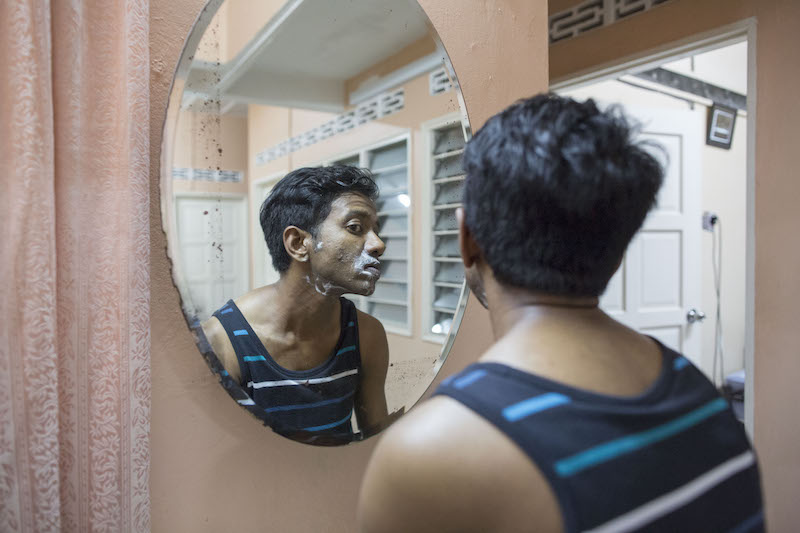
On the takeaway message of her exhibition.
I hope that people would spend the time to take in the work, and flip through the physical scrapbooks that Sonia, Jose, Sham and Cassandra have compiled. We hope that these stories would help break down stereotypes that people have about transgender identity and gender dysphoria, whilst offering insight into the emotional journeys that trans individuals go through.
It feels like in a conservative society like Singapore’s, the issue is often unspoken-ness and a lack of understanding. It has taken a lot of courage for individuals in the project to almost bare their souls in the process of sharing their life journeys, and they do because they wish to communicate and help kickstart conversations that are currently lacking.
For me, the deliberate choice of presenting these stories through scrapbooks is also to make it more conducive for people to pause and look deeper — i.e., to step into the life-worlds of trans men and women in Singapore, and experience their journeys — before forming an opinion about the issue.
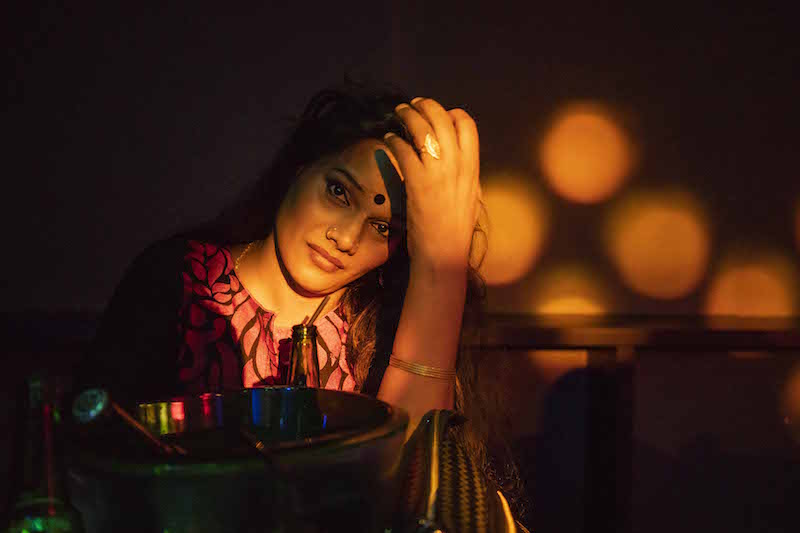
(Un)bound by Grace Baey is on from Mar 13-Apr 14; Tues-Sat noon-7pm, Sun noon-4pm at Lower Gallery, Objectifs. Free entry. Artist talk: Mar 30 at 2pm.
